On 14 July 1971, under the headline "Face-lift at Granary", the East Fife Mail reported on the restoration of the former salt girnel/granary/net store building at Cellar Brae. The photograph above shows the work underway, at the stage when the roof was being replaced but the sea wall had yet to be heightened. Below are a few images taken in the mid-1970s, just a few years after completion. The conversion into a "seaside cottage" was carried out for "Mr John Gilmour, elder son of the Conservative M.P. for East Fife, Sir John Gilmour, Bt". Then aged 26, Mr Gilmour and his wife first decided to restore the granary in 1969 when they "noticed that it was literally falling to pieces and decided that we had to preserve it".
In explaining the former uses of the building, Mr Gilmour said "in the past the Cellar Brae granary has been put to a variety of uses. At first it was of course a place where local grain was stored before being shipped across the Forth to Leith but that trade died out over a hundred years ago." He continued "for many years it was used by local fishermen as a storehouse for their nets and lobster pots but at one time it even housed a joiner's business." It's interesting that the real original use of the building as a salt girnel had at this point apparently been forgotten.
The building in fact had mixed use for long periods of time. Note that local joiner Alec Tait had workshop space within the granary building from around 1920 into the 1960s, his father David Tait having had the workshop there before him from the early 1890s. This overlapped with use as a granary and then a net store. It was the building's affinity with the village's fishing industry that Mr Gilmour was keen to maintain. At the time of the newspaper piece he was contemplating a suitable name for the finished dwelling. "Perhaps we will call it the 'Net House'. I think that would be an appropriate name for the cottage". And so it came to pass that the house was given that name, when the restoration work was completed in 1972 - the name which it still goes by today.
In 1984 the building was given a category B listing, in recognition of its architectural and historical interest. A great example of a mid-eighteenth century structure in a local style and with a varied past use, its listing description is given as:
2 storey, boulder rubble with large sandstone lintels to ground floor, and low buttresses to long sides. South elevation has arched door near centre with stugged ashlar dressings and deep flanking buttresses, 2 windows left and 3 right; 3 small, first floor windows, window over door, raised through eaves with catslide roof, large modern studio window with gabled head. Glazed doors in east gable. North elevation irregular fenestration, 6 ground and 4 1st floor window. Pantiled roof with slate easing course, skews and 2 stacks. Curved boulder rubble wall to south remains of west pier, probably 18th century, with steps down to water, and low bastion enclosing circle of setts at site of horsemill.
The image below shows the setts at the site of a horse mill between the building and the sea wall. The date of this feature is unclear but likely aligns to the years when the site was used as a granary.
The photographs above show the west-facing gable end pre- and post-conversion. The high window suggests the earlier presence of a forestair to an entrance at the upper level. The extent of the heightening of the sea wall can also be seen in the post-restoration image. The conversion to a private dwelling was carried out by Leven architect firm L.A. Rolland and Partners and the project won a Civic Trust heritage award. The design by David Pirie sought to maintain the original character and tradition of this imposing structure.
Described as a "derelict stone bothy" which had been neglected for years, one specific requirement of the restoration was that the external walls were left unharled. Commenting in the 25 June 1975 East Fife Mail, Mr Rolland noted that "five years ago people didn't do nearly so much of this type of restoration but people are now more aware of the value of such properties". He continued "there is more of this work done in Fife than other places, not only because of conservation societies, but because there are some very nice buildings in this part of Fife". The restoration was certainly a great outcome for this significant Largo building.
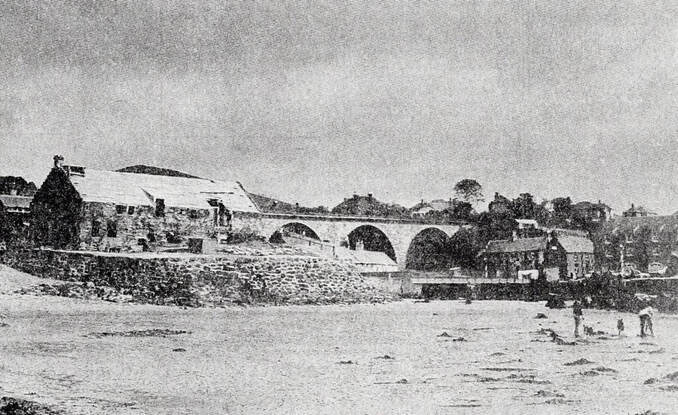
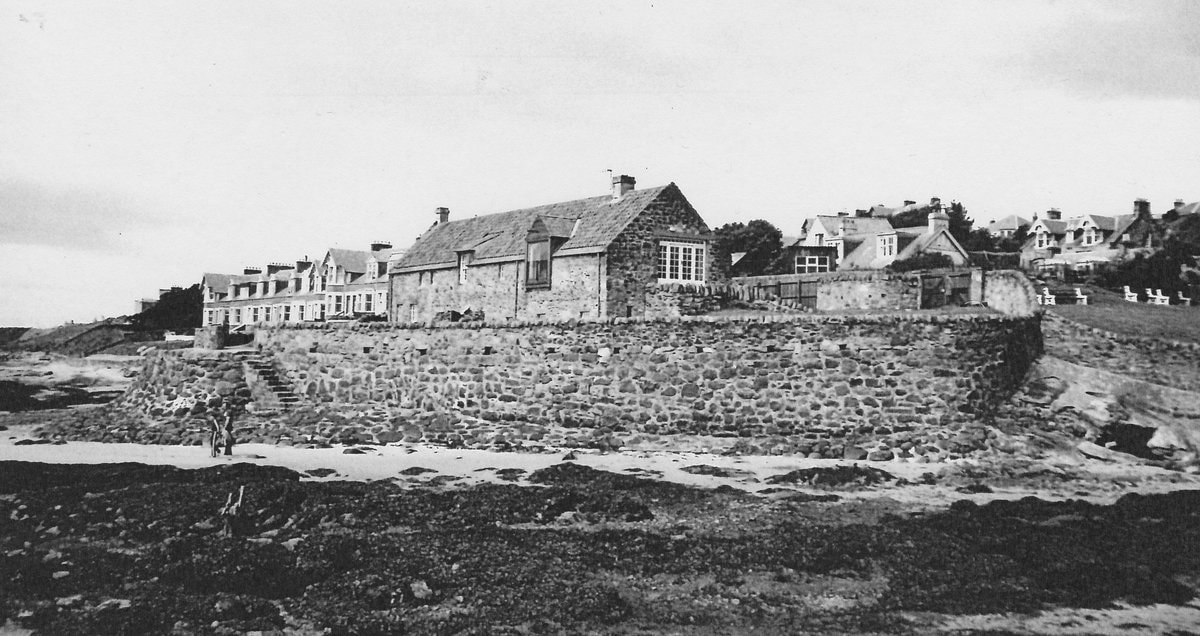
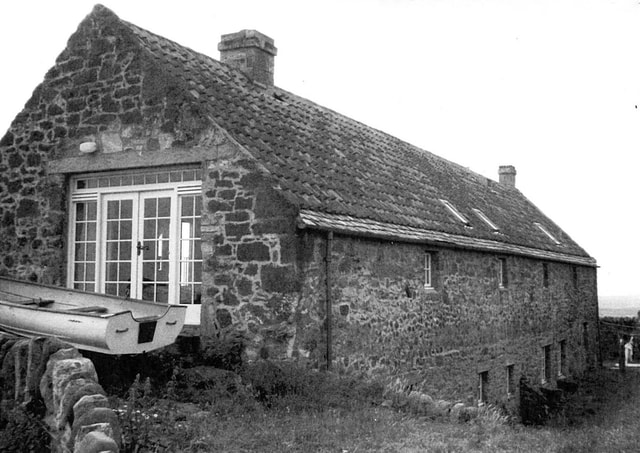
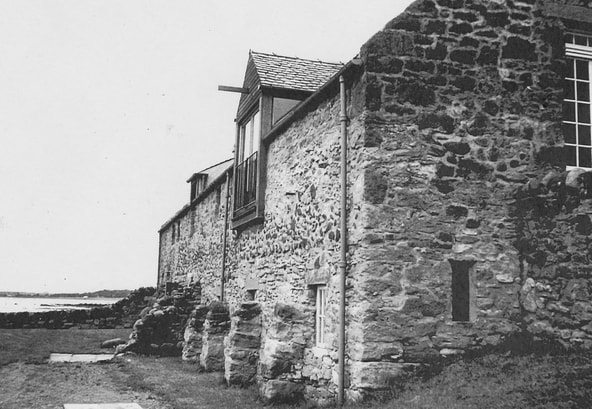
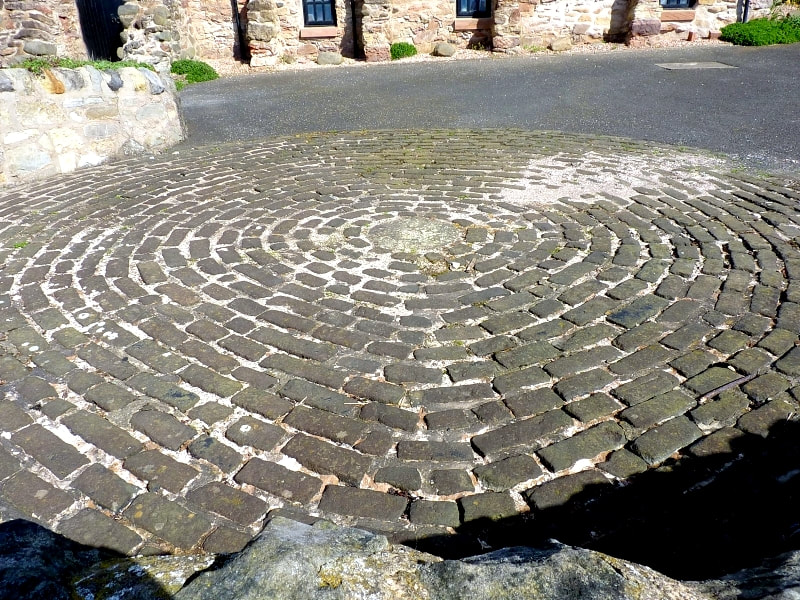
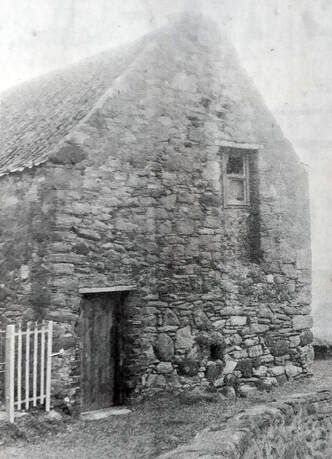
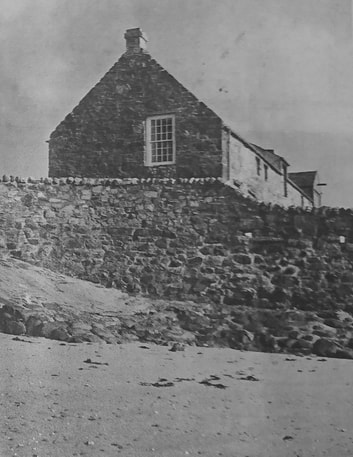
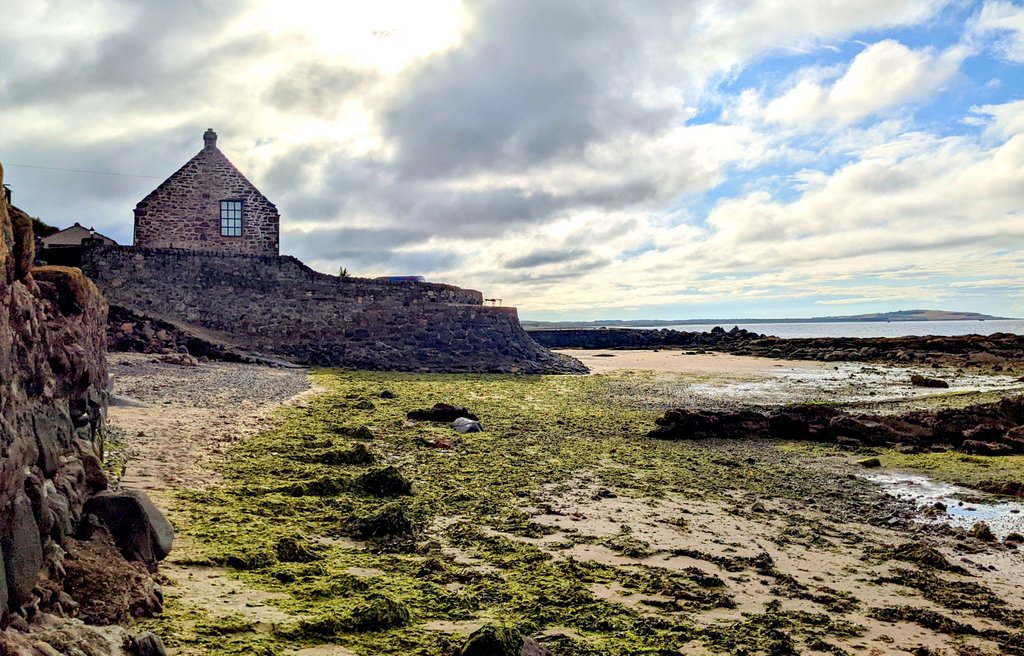
 RSS Feed
RSS Feed
